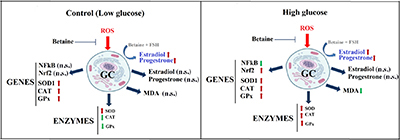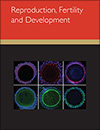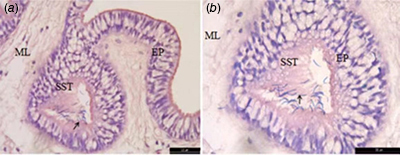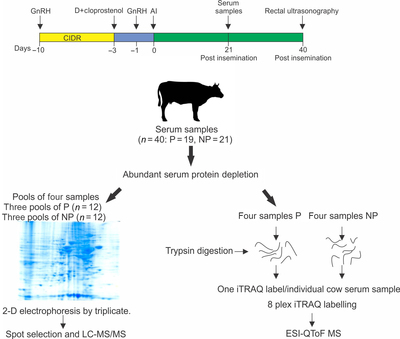Reproduction, Fertility and Development
Volume 35
Number 6 2023
Diabetes mellitus affect the fertility in women whom are suffering from it. This disease affects the reproduction through impairment of hormonal synthesis by granulosa cells which are responsible for production of sex hormones in females. According to the present study, betaine which is a natural plant product is able to improve the quality of granulosa cells to produce necessary hormones for women’s reproduction.
Why do so many species have the ability to store sperm in the female reproductive tract? Sperm storage increases the chance of fertilisation in species with limited breeding opportunity. This research found androgens in the female reproductive tract of Mauremys reevesii can prolong long-term sperm storage by promoting the expression of anti-apoptotic proteins. Therefore, this study contributes to the understanding of the mechanisms of sperm storage and provides scientific guidance for artificial reproduction in turtles.
Early pregnancy detection is essential to cattle reproductive management and production efficiency in farms, and proper methods to this aim require biomarkers which may be identified by proteomic methods. We describe the use of two proteomic techniques that give complementary information to perform a primary screening of proteins which may undergo systemic changes related to pregnancy establishment. The way to combine these methods may become of great use to detect changes related to a specific event such as early pregnancy.








